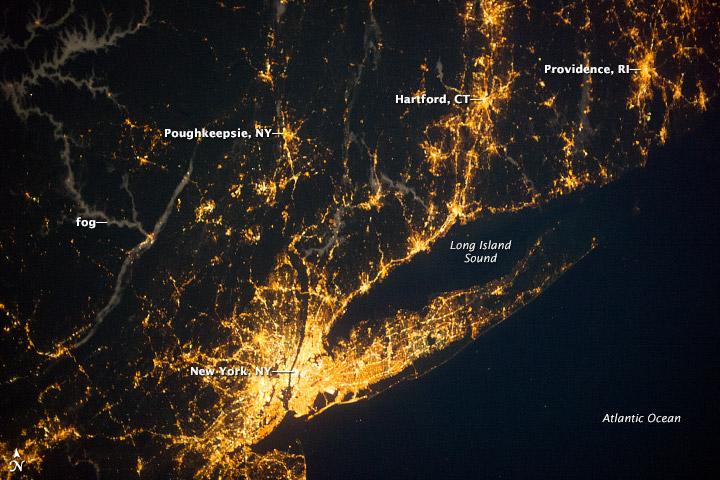Vertiport or Vertistop?
The Answer May Surprise You

Much of the conversation regarding urban air mobility (UAM) has focused on vertiport location and how noise factors might affect site selection. Researchers at the University of Missouri’s Department of Industrial and Manufacturing Systems Engineering proposed a “novel two-phase location analytics model” published in the March 2022 issue of Decision Analytics Journal.
One-Size-Fits-All May Not Be Optimal UAM Infrastructure
As part of their analysis, Drs. Akhouri Amitanand Sinha and Suchithra Rajendran reviewed much of the existing data taken into consideration by the key sectors of this new, evolving transportation sector. In doing so, they realized there might be a gap – a missing link, if you will – in how UAM’s infrastructure is currently being planned.
Although UAM is a revolutionary change in how transportation needs can be met, an alternative, perhaps better, solution to infrastructure location might be found in existing, well-established transportation systems, such as rail. Not every vertiport need be the UAM equivalent of New York’s Grand Central Station or Paris’ Châtelet–Les Halles.
A two-tiered approach, the research suggests, might be less costly and more convenient for operators and passengers.
Terminology (and UAM) Technology
The study identified and defined seven terminologies:
- “Vertiport: A large station consisting of multiple takeoff/landing facilities along with charging and maintenance sites
- Vertistop: A smaller station with only one helipad used entirely for customer pickup and dropoff
- Tuple: List of elements that describe a potential site location consisting of the following components: rental cost per month, road facility, average salary per year, population coverage and total number of estimated trips made by air taxi per day per 1,000 population in that region
- Time-savings (T-S): Time saved by a passenger as a result of using air taxi services in comparison to a regular taxi ride
- Passenger willingness to fly rate (PR):Total percentage of eligible passengers who are willing to avail of the air taxi services. Some passengers might have reservations to leverage air taxi services due to safety concerns and affordability.
- On-road travel limit (RL): Overall portion of air taxi service travel made on road (in miles). It consists of two components: travel made from actual pickup point to the origin vertiport (first leg) and travel made from destination vertiport/vertistop to actual drop-off location (last leg).
- Demand satisfaction (DS): Total percentage of customers whose on-road travel is less than a mile.”
“If You Can Make It There…”
Perhaps subconsciously influenced by Frank Sinatra’s 1977 rendition of the song, New York, New York, the authors selected the New York City metropolitan region as the focus of their study.
Factoring into their selection of which region to study was the region’s size, population density, existing air transportation infrastructure, number of popular tourist sites, number of commuters, percentage of time “stuck in traffic” and the time drivers might shave off their commute times, and percentage of people with financial resources to afford air taxi services.
The study’s findings relative to the New York Metro Area prompted the authors to make 10 recommendations. Here are five of them:
- Locate large vertiports at JFK, LGA, and EWR. Combined, the three airports currently provide 60% of the area’s air traffic.
- Locate smaller vertiports in Brooklyn, Queens, Bronx, and Staten Island as the average number of passenger drop-offs is larger than the average number of pickups in those locations. The air taxis could then be routed back to Manhattan for pickups.
- Two areas, South Central Park and West 40th Street (located 0.2 mile from Times Square) could be served by a single vertiport.
- Midtown and Lower Manhattan, with their high volume of commuters and tourists drawn to the Empire State Building and World Trade Center, might justify a higher fraction of an operator’s air mobility fleet than other Metro New York regions.
- Inasmuch as the most common locations observed across all use cases are JFK, LGA, EWR, Times Square, Central Park, the Empire State Building, and 61st Street, Brooklyn, the study suggests that if operational restrictions might limit a developer, they should begin by developing these sites to maximize the probabilities for success and profitability.
The Study’s Conclusion: More Study Is Needed
Drs. Sinha and Rajendran caution that their research was limited by several factors: Tactical and operational level decisions were not taken into account. Policies involving scheduling, routing, number of vehicles at each location, “can be considered as a potential area of improvement.” The assumption was made that a traveler was eligible to use the services if they had “at least 40%-time savings.” But customers’ mode choices may be more complicated. Other factors, such as cost and wait time, and other, as-yet unknown variables, including safety records and community acceptance, will, in time, warrant additional study.


